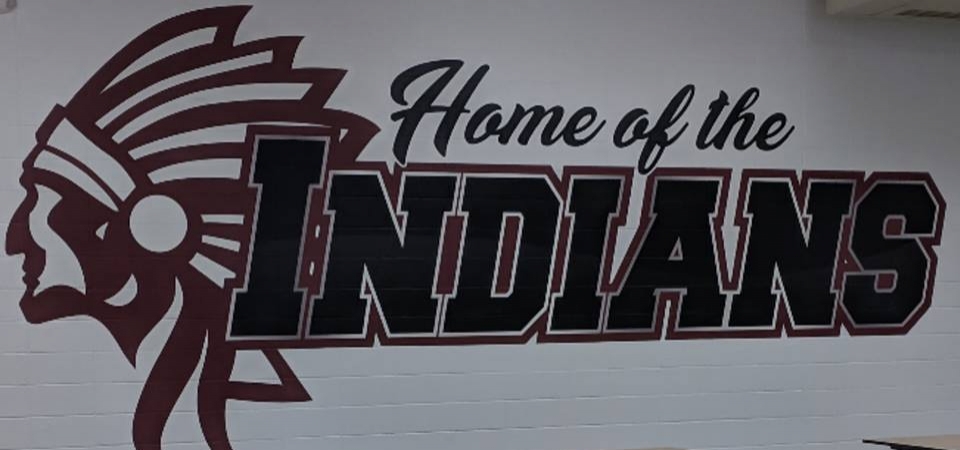Homeless Information
The designated coordinator for identification of homeless children and for tracking and monitoring programs and activities for these children is the
GUIDANCE COUNSELOR
Clarksville Community School District
318 N Mather
Clarksville, Iowa 50619
319-278-4008
Please direct any questions or concerns to Guidance Counselor
Homeless Education
CLARKSVILLE COMMUNITY SCHOOLS
Homeless Students Definitions and Rights
Federal Definition: McKinney-Vento Homeless Assistance Act
A homeless individual includes:
- An individual who lacks a fixed, regular, adequate nighttime residence;
- An individual has a primary residence that is –
- A supervised publicly or privately operated shelter designed to provide temporary living accommodations (including welfare hotels, congregate shelters, and transitional housing for the for the mentally ill);
- An institution that provides a temporary residence for individuals intended to be institutionalized; or
- A public or private place not designed for, or ordinarily used as a regular sleeping accommodation for human beings
Iowa Definition; Chapter 33, Educating the Homeless, Iowa Administrative Code
A homeless child of school age includes:
- A child between the ages of 5 and 21;
- A child who lacks a fixed, regular and adequate nighttime residence;
- A child who is living is a car, tent, or abandoned building or some other form of shelter not defined as a permanent home;
- A child who is living with non-nuclear family members or with friends (includes doubled-up families).
**The Iowa definition is for school-aged children and youth, ages 5-21.
**The Federal definition is for individuals of any ages.
Comparables Services
Under the Federal McKinney-Vento Homeless Assistance Act, each homeless child or youth to be assisted shall be provided services offered to other students in the school, including the following:
- Transportation services;
- Educational Services for which the child or youth meets the eligibility criteria, such as services under Title I of the Elementary and Secondary Education Act 1965 (ESEA) or State or local programs, educational programs for children with disabilities, and educational programs for students with limited English proficiency;
- Programs in vocational and technical education;
- Programs for gifted and talented students;
- School nutrition programs.



